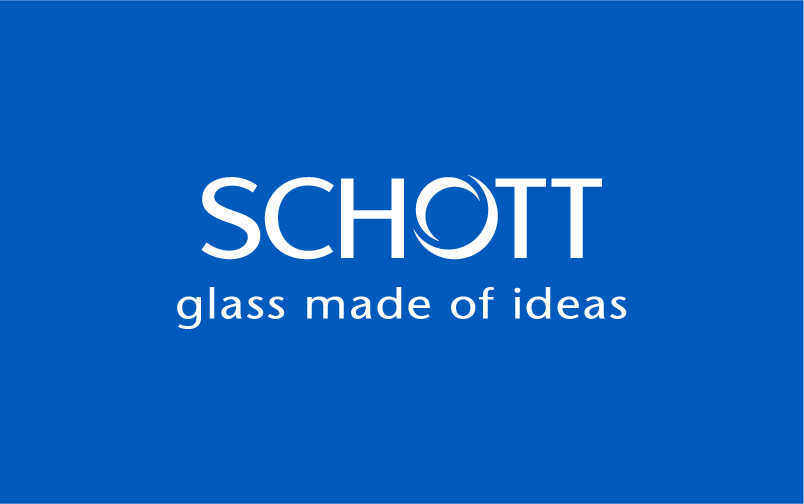 March 2023
March 2023
Dr. Andreas Roters and his team at SCHOTT AG main activities in SAFELiMOVE are development, scale up and production of oxidic solid electrolytes, specially focused on leading the Work Package 3 “Advanced Material Set” that includes all the material development activities in SAFELiMOVE.
Andreas Roters has been working at SCHOTT since 25 years on analytics and process development in specialty glass production before turning to new product fields. Today’s special focus is on leading the projects for oxidic solid electrolytes at SCHOTT.
What was your original motivation to become a researcher?
Curiosity, I wanted to understand what’s behind and physics gave me a perfect background for this. Today my main motivation is to bring ideas into reality, that’s what I try to do as researcher and project manager.
What is your (main) research area today?
Since about ten years SCHOTT is active in the field of battery materials and components. One focus is on oxidic solid Lithium ion conducting materials. I’m heading the team which works on these fascinating materials.
What is the main objective of your team in SAFELiMOVE?
Within the two material classes of LLZO and LATP SCHOTT is looking for solutions for adapted and compatible solid electrolytes, which fit to the other electrode and polymer electrolyte materials and form a complete set of together performing battery materials.
What expertise and facilities does your team have to meet those objectives?
The development is done within the SCHOTT core competencies of glass ceramic design and production. A team of experts take care for oxidic electrolyte development with the additional freedom of design given in the glass ceramic field and initial steps for production scale up. We take advantage of our well-equipped material development technicum and the battery lab for the application work.
Which aspects of your research at SAFELiMOVE do you believe are the most innovative and what unique opportunities offer SAFELiMOVE to yourself and/or your organisation?
The uniqueness of the SAFELiMOVE approach lies in the simultaneous development of all key materials in one project, with the goal of an adapted material set instead of single materials only, which is a key for good cell performance.
Only working in a team like this brings SCHOTT the opportunity of a direct and open feedback on the development status of our materials showing the needs of further development in the project.
How do you see the future use of the SAFELiMOVE-results and the impact of SAFELiMOVE-project in our daily lives?
For the future Schott is aiming for the industrialization of oxidic solid electrolytes. The SAFELiMOVE project is an important step on this way and has the potential for an attractive solid state battery, which can give the energy for our sustainable mobility in the future.
I would like to add my gratitude. Thank you for being part of the SAFELiMOVE team with all the work, the discussions, support in drawbacks and fun, when we all meet together. We already went a long way together and I’m curious on the results within the last year.
